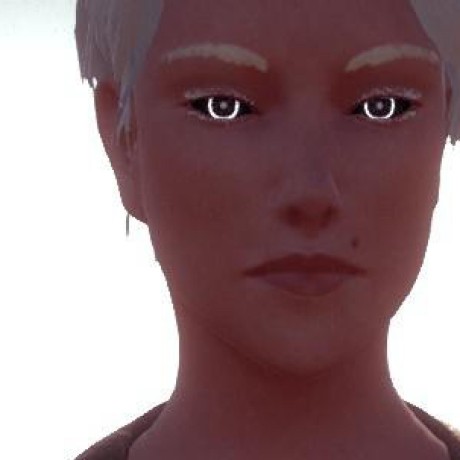surface-shader.glsl
To create a shader resource that can be used in Substance 3D Painter, just create a glsl file containing a single function called shade with the following profile:
Copied to your clipboardvoid shade(V2F inputs);
V2F input type definition:
Copied to your clipboardstruct V2F {vec3 normal; // interpolated normalvec3 tangent; // interpolated tangentvec3 bitangent; // interpolated bitangentvec3 position; // interpolated positionvec4 color[1]; // interpolated vertex colors (color0)vec2 tex_coord; // interpolated texture coordinates (uv0)SparseCoord sparse_coord; // interpolated sparse texture coordinates used by textureSparse() sampling functionvec2 multi_tex_coord[8]; // interpolated texture coordinates (uv0-uv7)};
Note: To obtain a SparseCoord for uv1-uv7, you have to explicitly call getSparseCoord(vec2) defined in lib-sparse.glsl
Surface shader outputs:
The following functions can be called from within the shade function to describe fragment properties:
Copied to your clipboard// fragment opacity. default value: 1.0void alphaOutput(float);// Second RGBA output (dual blending), only used with *add_multiply* blending mode. default value: vec4(1.0)void color1Output(vec4);// diffuse lighting contribution. default value: vec3(0.0)void diffuseShadingOutput(vec3);// specular lighting contribution. default value: vec3(0.0)void specularShadingOutput(vec3);// color emitted by the fragment. default value: vec3(0.0)void emissiveColorOutput(vec3);// fragment color. default value: vec3(1.0)void albedoOutput(vec3);// subsurface scattering properties, see lib-sss.glsl for details. default value: vec4(0.0)void sssCoefficientsOutput(vec4);
As an example, the most basic rendering equation for computing the fragment color is: emissiveColor + albedo * diffuseShading + specularShading
